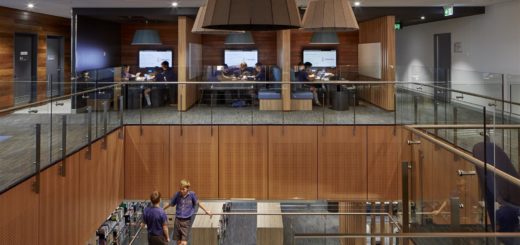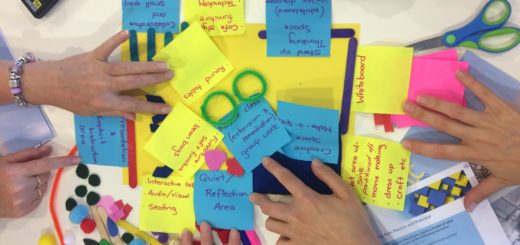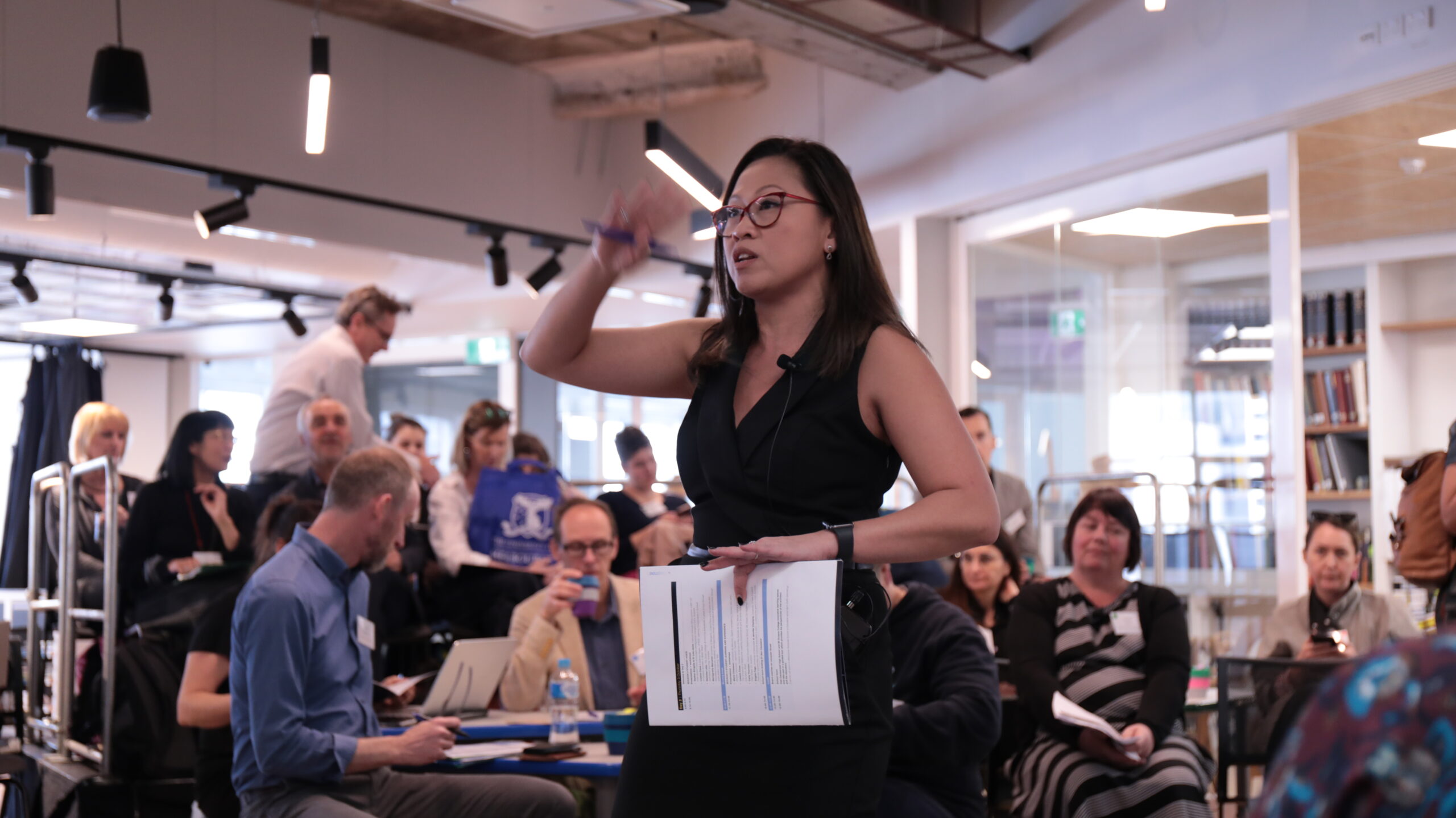Curated learning – case studies from museum learning spaces
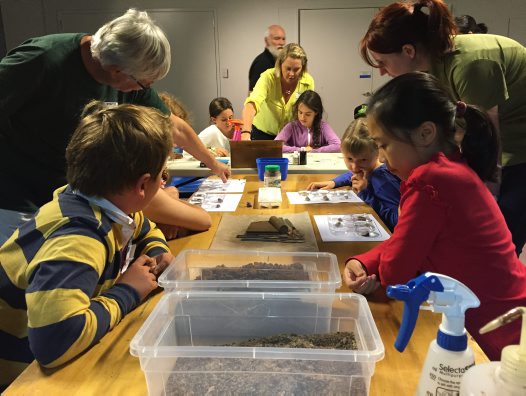
What spatial skills do museum educators use when teaching during incursions in schools? How do they use these in facilitating students’ learning? What types of spaces inside schools do they use as their learning environment? A guest post by PhD candidate Ethel Villafranca.
This short video presents a quick summary of the findings from two case studies in my PhD research, Curated learning. The first case study focused on museum educators conducting programs for school groups during field trips into museums (excursions) while the second case study followed museums educators as they led museum programs within the students’ school premises (incursions). Curated learning is a pedagogical approach that involves the purposeful, selection, manipulation, and use of objects and spaces within a learning environment to set-up conditions for students’ deep learning. It offers principles that will help teachers maximise features of the learning environment in ways that support students in enhancing competencies that will help them succeed in their academic, professional, and civic lives.
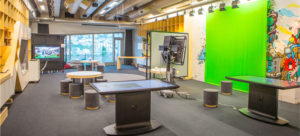
Hinatore Learning Lab. Photo: www.tepapa.govt.nz/
Last year, during my data collection at the Hinatore Learning Lab of the Te Papa Museum Tongarewa in New Zealand, I saw a student make his own stop-motion video. He was part of a group of students attending a program at Hinatore. Their task was to find a problem they are concerned about then create a solution for it. They were encouraged to use and had access to everything within Hinatore that they needed to complete their task. After a short class discussion they broke up into small groups to brainstorm and subsequently, students individually, in pairs, or in small groups went off in different directions to start
working.
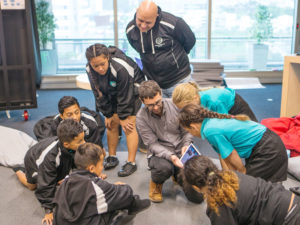
Education workshop, Hinatore Learning Lab. Photo: www.tepapa.govt.nz/
I watched in amazement as an eight or nine year old student gather up what he needed, set-up an iPad on a tripod, draw and write on the surface of the table, and start shooting his video. And he did all of those by himself!
This video was inspired by that experience. I have never created a stop-motion video before but witnessing that young student effortlessly make one gave me the courage to try something new. So I downloaded a free app on my iPad, constructed a make-shift tripod for it, took out my box of art and school supplies then started shooting. It took me a few hours to learn how to use the app and finish this video.
I was just a by-stander in that learning space and yet I learned and experienced something so powerful it stayed with me even after over a year.
Main image: School holiday program, Australian Museum. Photo: australianmuseum.net.au
Ethel Villafranca is a PhD candidate with the ILETC project at The University of Melbourne.

